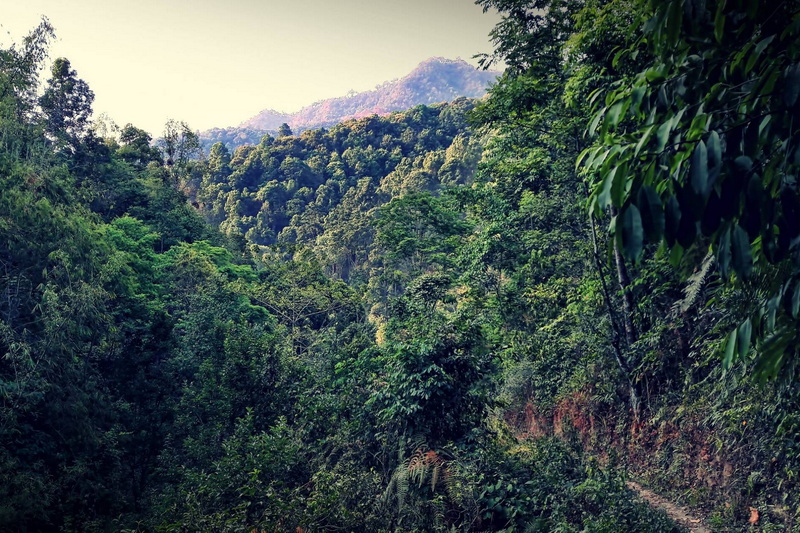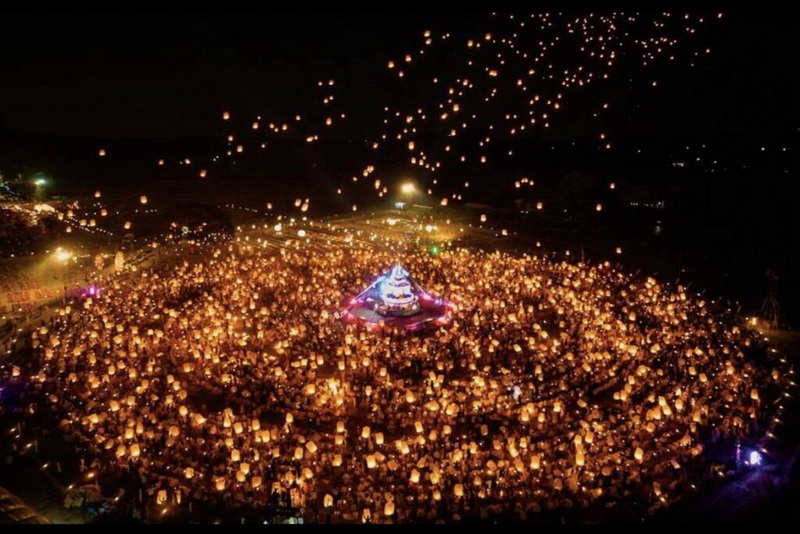Wat Chiang Man ‘The eldest and very first temple in Chiang Mai’

Every temples have their own stories. Each one tells what people in the past did and the origin of life nowadays.
Same as Wat Chiang Man, this temple is the eldest temple in Chiang Mai In fact, it is the very first temple built in the town area. In the year 1296, King Mangrai, the first king of Lanna Kingdom, bestow His own ‘Chiang Man Palace’ upon the town as a new temple named ‘Wat Chiang Man’, and that’s where the name came.
Wat Chiang Man is the location of ‘Phra Saetangkamanee’ or ‘Phra Kaew Khao’, an importan Lord Buddha’s statue of Chiang Mai. The locals often go to the temple to pay their respect. Moreover, in the past, this temple was once the very important centre of Buddhism expansion.


Not just the first temple or respectable place of the town, but Wat Chiang Man is also a host place for many festivals, for an instance, Salak Phat or Tan Guai Salak, which people will consume Khao Salak at the temple before keep doing this at other temples.
On top of that, you may not realise yet that Chiang Man temple is the storage of many rare and valuable antiques, which you don’t have many opportunities to see. Therefore go see for your eyes.


Wat Chiang Man is a quiet place. The area may not be too big. But, however, these are the most interested spots of the temple.
- Vihara Luang : Located just on the south side of the temple. It has been registered along with the Chedi and Hor Trai, by The Fine Arts Department.
- Chedi Chang Lom : This Chedi appears in Lanna style. Its sparkling-golden color attracts many tourists. If you go to the temple, you will see that it’s in round and square shape. It was built in the year 1297 by King Mangrai. As time went by, it became older and older, but, however, other rulers of Chiangmai has perfectly maintained it. That’s why it still looks so nice nowadays. Of course, it has been registered by The Fine Arts Department too.
- Phra Kaew Khao : Phra Kaew Khao, or Phra Saetangkamanee, is well-known as a very holy Lord Buddha’s statue. Many people believe that the statue has the great power of protecting them from various dangers and providing them happiness.
- The Tablet of Wat Chiang Man : The tablet is located in front of the ubosot. It has been written about the three kings: King Mangrai, King Ngammuang and King Ram Khamhaeng. The history said, the three kings cooperated on each other to establish Chiangmai. The text on the tablet tells the origin of the town and Wat Chiang Man, including the maintenance of each one. This can be counted as a very valuable historic evidence.
- Khruba Siwichai Tower : Of course, the tower was built in Lanna style. It is the location of Khruba Siwichai’s portrait, who was a buddhist monk from Lanna period.


History is always worth for learning. In modern age like nowadays, people probably ignore old things and switch to new things instead. Some of them don’t even know how valuable old things are. Yes, it’s shame to leave ancient stories behind. Children and grandchildren in many years ahead can completely forget or don’t even realise what happened in the past. Therefore, no matter who you are or where you from, Thai history in one of the most valuable histories. Don’t forget to help your family and children to learn about this. Bring them to any temple, including Wat Chiang Man, in order to track the lifestyles of people in the past. They will have a chance to see what they’ve never seen before.
And for those who wish to visit Wat Chiang Man, the temple is opened daily from 8:00-17:00.
How to get there
Wat Chiang Man is located on Ratchapakinai Road, Muang County, Chiang Mai Province.
The first way to go, is to grab a personal car. Nothing is difficult. You only need to use the same path as the inner moat. Remember, this path is ONE-WAY path.
If you’re not so sure about the path and don’t want to get lost. You may take a red truck instead. This probably be quicker and more convenient. However, your travel fee depends on the distance between Wat Chiang Man and your starting point.
Places Nearby
Wat Phan Tao is one of the oldest temples in the city, with its first structures built towards the end of the fourteenth century while the viharn was built later in 1876. The temple’s name means “temple of a thousand kilns” and is thought to be a reference to the ovens used to cast Buddha images for Wat Chedi Luang, a temple on whose grounds Wat Phan Tao occupies a corner of.
Another one of Chiang Mai’s most famous temples, Wat Phra Singh is a glittering example of Lanna art and temple architecture. One of the most revered temples in the city, Wat Phra houses a beautiful, 15th-century Buddha statue made of gold and copper.
“Chide” in Thai, as you can see massive and very impressive stupa dominating the area. “Luang” in Northern Thai language means “massive”. So wat Chedi Luang simply means the temple of the great stupa. This was probably the largest structure in ancient Chiang Mai. Base of the stupa was around 80 meters each side, and the geight was around 85 meters when it was originally built.
Just outside the old walled city center of Chiang Mai, the Wat Lok Moli is of the city’s older temples. The temple that is also known as the Wat Lok Moli holds one of the largest and most impressive chedis in Chiang Mai.













Leave A Comment